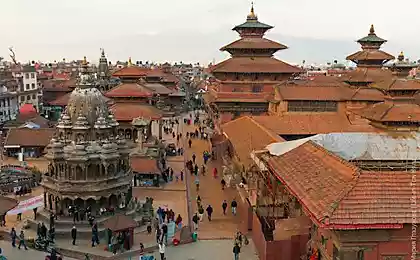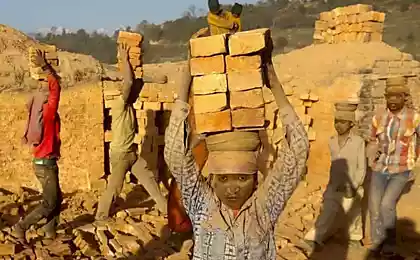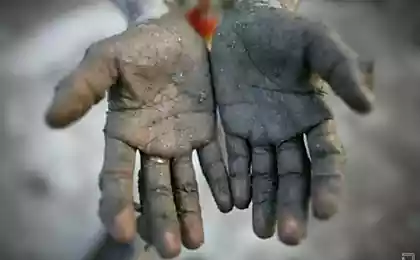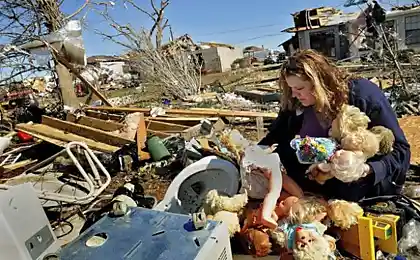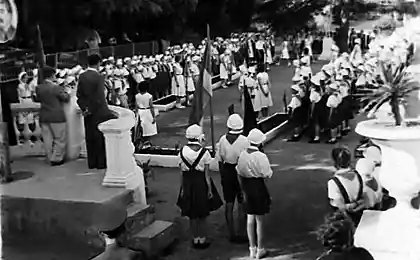1034
Child labor in Nepal

National policies to protect children from physical, mental and sexual abuse, as well as the operation was approved by the government, however, the absence of compulsory education and legal protection for children between the ages of 16 and 17 still leaves children vulnerable to the worst forms of child labor. The Nepalese government raided the factories using child labor and rescued 124 children from exploitation.



Even young girls are forced to work in brick factories.

Boy lifting heavy bricks, working in a brick factory around the Kathmandu Valley. Children of migrant workers from neighboring India and Nepal are working at the plant in Lalitpur.

Plants for the production of bricks in the Kathmandu valley pollute the environment, exploit labor, and young children tend to work hidden from the public eye. Labor inspectors never visit the brick kilns to monitor the thousands of migrant workers.

Working on furnaces for burning bricks is seasonal and involves the poorest of the poor.

Indian and Nepalese workers, seasonal workers set working in brick factories across the Kathmandu Valley.

More than three-quarters of working children are employed in agriculture, where they are exposed to occupational hazards on security, such as work with dangerous machinery and tools, heavy objects and harmful pesticides.

The most common operation against girls than boys. They are exploited in the sex industry, many children are working illegally, ie by formal agreement.

Children who work in the production of bricks, spend a long time in a dusty environment. They carry bricks on their heads, which are suffering from a back injury.

The Law on Child Labour, 2000 (Prohibition and Regulation) sets the minimum age for 14 years, and the minimum age for working in dangerous conditions 16 years, but the law does not apply to informal institutions in which there are many working children, for example, on a home and unregistered institutions in the informal and agricultural sectors.
Source: mirfactov.com/
